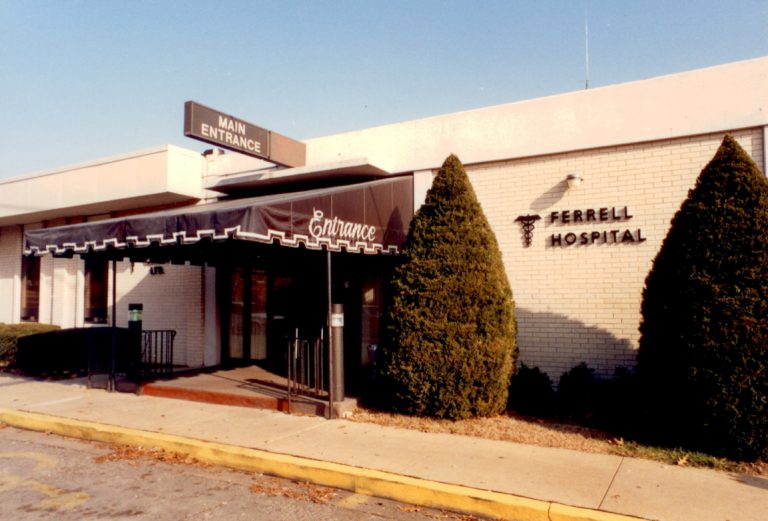As the coronavirus pandemic continues, some of the biggest outbreaks have been concentrated in urban areas, like New York City and Chicago. But rural America isn’t immune to the virus—and many areas are already dealing with a scarcity of health care.
Ferrell Hospital, in the Southern Illinois town of Eldorado, is bracing for coronavirus. Dr. Joseph Jackson, a physician at Ferrell, says the virus is sure to spread to rural areas like the ones his hospital serves.
“We’ve done our best to continue to stockpile [personal protective equipment], ensure that we do have appropriate training on ventilators and try to ensure that all equipment is ready to go,” Jackson says.
Eldorado has a population of just under 4,000 people, and Ferrell has only 25 beds. But the hospital doesn’t just serve the town.
“At first glance, when you look at who we serve, it’s such a wide area and a little less dense in terms of population,” Jackson says. “But when those numbers start to come together, there are quite a few people who depend on us.”
Factoring in surrounding areas, Ferrell serves around 50,000 people in four counties.
The hospital doesn’t have any ICU beds and only five ventilators. It’s considered a critical access hospital, designed to stabilize patients and then transfer them.
Steph Whiteside reports for Side Effects.
Jerry Kruse, dean of Southern Illinois University’s School of Medicine, says a pandemic is a unique challenge for already underserved rural areas.
“Well, critical access hospitals, by their federal definition, can only have a small number of beds and can’t do high-level ICU care,” he says. “And the ventilators they have are, solely for instant emergencies. And some ventilators that are related to some surgical cases. So they’re not equipped normally, for emergencies, like, like this pandemic.”
Pat Schou, director of the Illinois Critical Access Hospital Network, notes that critical access hospitals are still able to offer a lot of care for rural communities, including responding to routine medical needs and emergencies.
“They just would not do open heart surgery, neurosurgery, they don’t generally do kidney transplants, things like that,” she says. “It’s more general surgery, general orthopedic surgery.”
Schou also says these rural hospitals face the same supply shortages that all medical providers are dealing with, making it difficult to build a reserve of protective equipment.
“Right now, we’re low in disposable gowns. It’s very hard to get disposable gowns, some areas have a few more than others. And the price of a gown is going from 22 cents to almost $20 for a disposable gown,” she says.
Jackson and Kruse both note that rural areas have some advantages when it comes to social distancing: populations are less dense, and most people drive rather than rely on public transit.
Still, Jackson worries about what will happen if the area’s large hospital systems are overwhelmed and Ferrell can’t transfer patients that need higher levels of care. “These critical access hospitals, we’re not used to taking care of critically ill patients for long periods of time.”
Kruse says hospitals should consider alternative arrangements, including how patients are transferred between systems.
For example, he says, “You would think about scenarios such as how can you equip the rural hospitals to handle that level of care? Or can some of the patients in the larger hospitals be transferred to the critical access hospitals? So the larger hospitals can convert more of their beds to ICU beds and beds with ventilator capability.”
Meanwhile, Jackson says the staff at Ferrell has been focused on making sure they’re up-to-date with training and the latest information about COVID-19.
So far, critical access hospitals in Illinois have not had to deal with an overwhelming number of patients, according to Schou.
“We’re seeing that they have three, four patients, you know, we haven’t seen 10 or 15,” she says. “But we have seen not just one patient, they might have four or five. We have not had any that we’ve had to put in intensive care.”
Since our interview, the area served by Ferrell has had 11 confirmed cases of COVID-19.
This story was produced by Side Effects Public Media, a news collaborative covering public health.

